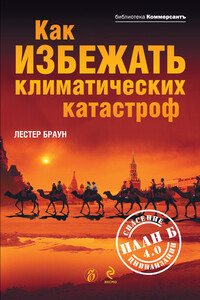Английский язык для специальных и академических целей: Международные отношения и зарубежное регионоведение. Часть 1 | страница 29
Yet Bagehot also recognised that it was inappropriate to place too much stress on royal continuities. Privately he believed that support for the monarchy might well decline as access to education in the UK became more widespread, and he speculated that such a falling away of support was likely to happen sooner in Scotland than in England. Whatever you think of this, in one respect Bagehot was right. To understand how and why monarchy mattered here, one needs to look not just at tradition and custom, but also at disjunctions and at change over time.
A patchwork of different kingdoms existed throughout these islands from the early Middle Ages. England became a single kingdom in the tenth century, while a single king was able to control most of Scotland by the thirteenth century. Wales and Ireland, however, were more fragmented and conflict-ridden, experiencing multiple and competing rulers. And although successive English kings tried to conquer the outer zones of the British Isles, it was, in fact, a Scottish king —
Unit I. UK: from Empire to Democracy
Unit I. UK: from Empire to Democracy
James VI — who finally effected>1 a Union of Crowns, bringing under his single rule in 1603 his own kingdom, Scotland, the kingdoms of Ireland and England, and the principality of Wales.
In the short term the Union of Crowns produced neither royal stability nor unity. In 1643 James's son and successor, Charles I, was executed in public and Britain became briefly a republic. Monarchy returned in 1660; but in 1688 a grandson and namesake of James was driven off the throne to be replaced by a Dutch prince William of Orange and his wife Mary>16>>17. There was another change of dynasty in 1714, when the English-born Queen Anne died without direct heirs, and was replaced by George of Hanover, a German prince>18>. As all this suggests, the apparent antiquity of monarchy in these islands masks considerable discontinuities in terms of evolution and the dynasties involved.
At the same time, while monarchy has often functioned as a national cement and emblem, it has also served to connect all or sections of these islands with other parts of the world. The British Empire, for instance, pivoted ideologically and organisationally on the monarchy. In legal theory, anyone born in the British monarch's dominions anywhere in the world — regardless of religion, race or ancestry — was potentially a British subject, who owed the monarch allegiance and was owed protection in return. The present Queen's position as head of the Commonwealth is in part a pale survival of this previous system and theory of empire-wide British subjecthood.


